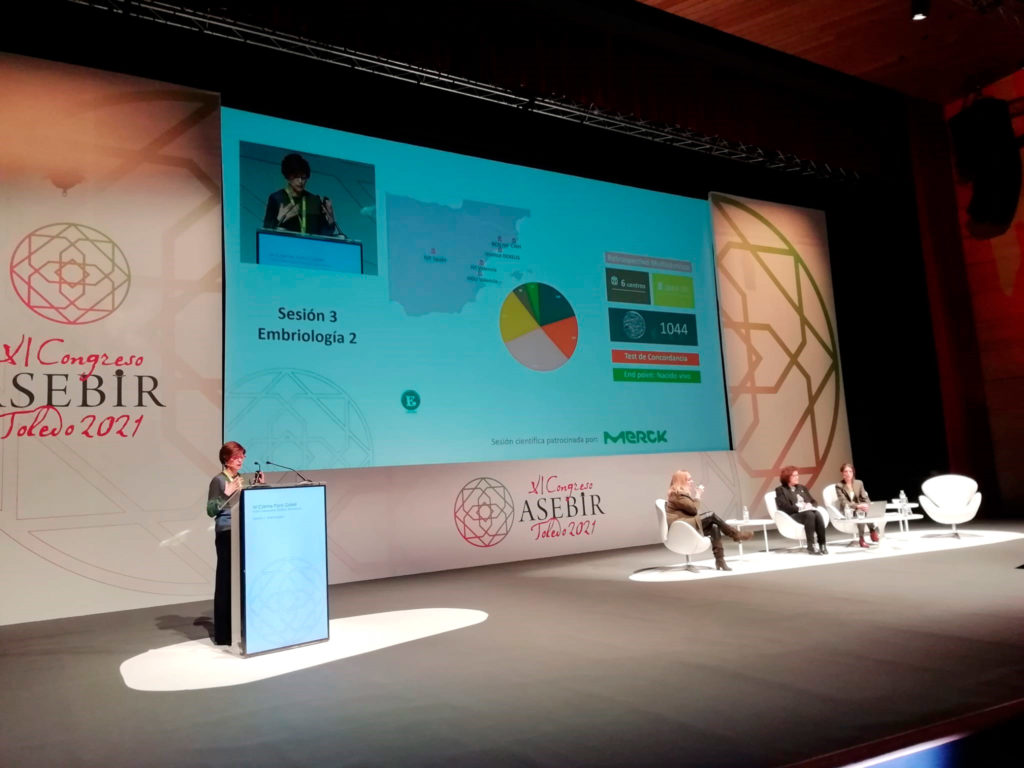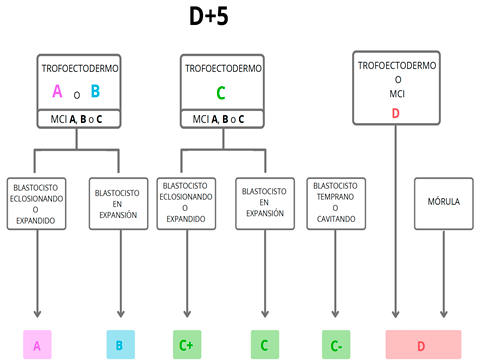
Carme Pons, a clinical embryologist at Dexeus Mujer and a member of the Embryology Interest Group of the Spanish Association for the Study of Reproductive Biology (ASEBIR), has led a multicentre study promoted by this interest group. The aim was to validate the morphological embryo assessment criteria established by ASEBIR. The results were presented at the XI Congress of this association, held recently in Toledo, Spain.
In total, the study analysed a sample of 1,044 blastocysts, which were cultured in time-lapse incubators.
The three main objectives of this study were to validate ASEBIR’s criteria at the blastocyst stage, to reduce subjectivity in embryo assessment, and to improve the selection algorithm.
The researchers analysed the implantation rate and live birth rate according to the three grades established by ASEBIR (A, B, C). The results showed that the implantation and live birth rates when transferring grade A and grade B embryos are significantly higher than those of grade C embryos, thus confirming the validity of ASEBIR’s grading system.
Two additional indicators were included in the blastocyst assessment: maximum blastocyst diameter and trophectoderm cell number. Also, cut-off points were identified to distinguish between different blastocyst grades more objectively and thus reduce inter-observer variability.
Finally, based on this study/analysis, the grading system has been updated to have 6 grades related to the probability of having a live birth. (see attached graph).
The study confirms the validity of the ASEBIR grading system. In addition, the new update will allow a more accurate selection of blastocysts.
